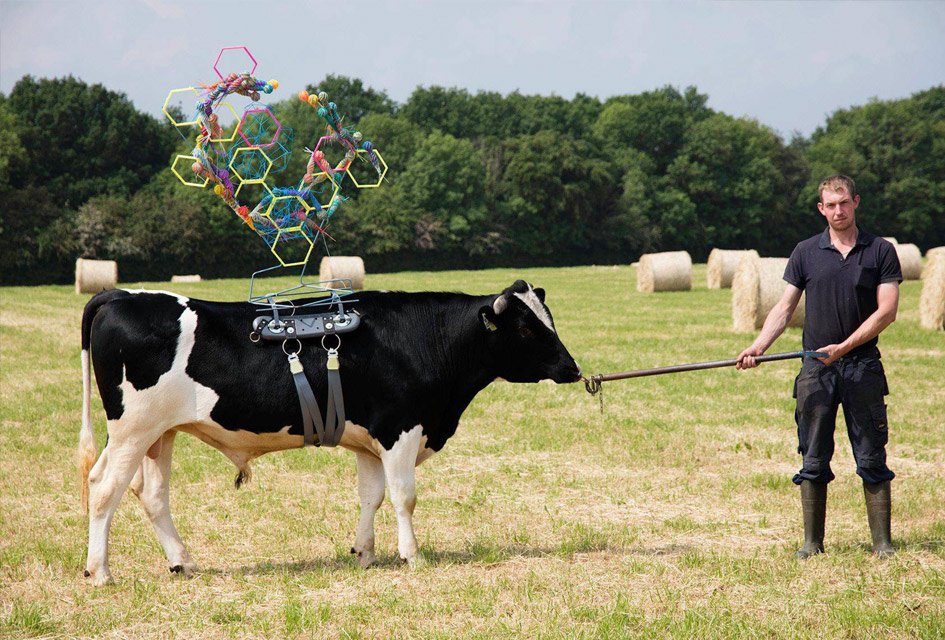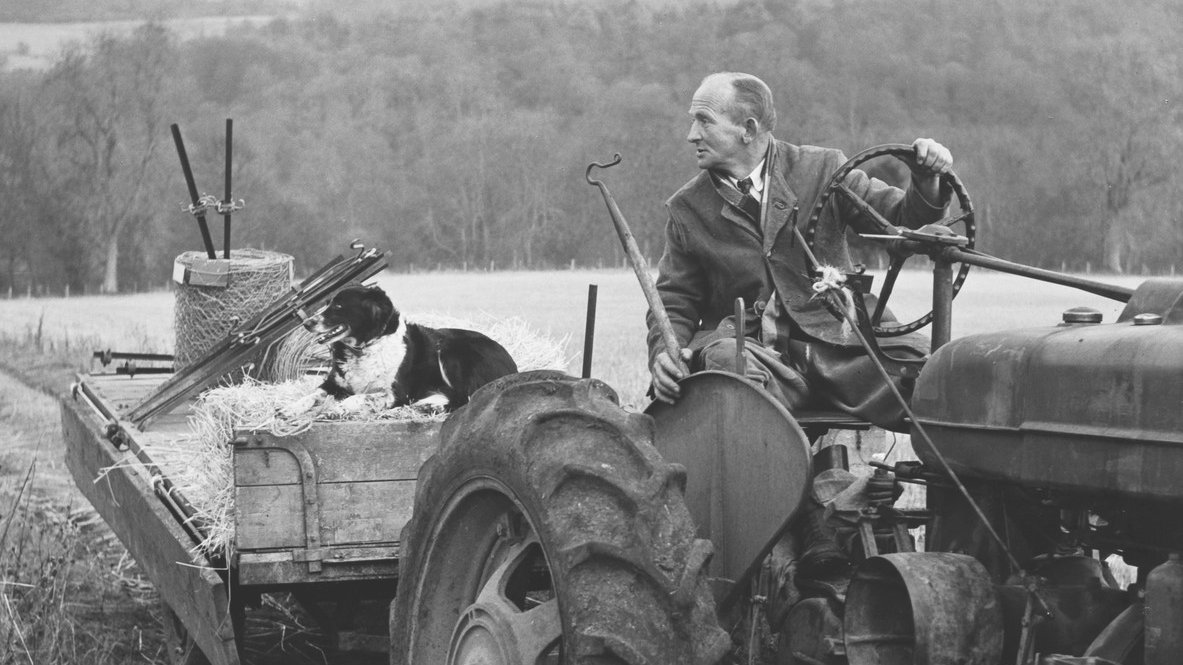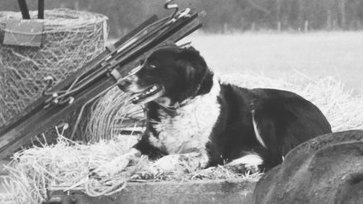The @urbandictionary defines ‘sire’ as an
‘Old tyme'y way of referring to a king or lord. Usually used now to sarcastically refer to somebody with an inflated ego.’
It also means the male parent of an animal, especially when it comes to bulls.
‘Old tyme'y way of referring to a king or lord. Usually used now to sarcastically refer to somebody with an inflated ego.’
It also means the male parent of an animal, especially when it comes to bulls.
We need semen to make more cattle (spoiler), but it’s actually quite rare for a cow to be impregnated the old-fashioned way.
Instead, many farmers find a bull with the right characteristics, buy its semen and then artificially inseminate their herd.
Instead, many farmers find a bull with the right characteristics, buy its semen and then artificially inseminate their herd.
The traditional way of collecting semen is to set up a teaser cow, get the bull to mount her, and then at the last minute direct the semen into a sheath.
To test the fertility of semen there’s also a method involving massaging the bull prostate and…we’ll just let you see the @wikiHow images for yourself..
wikihow.com/Collect-Semen-…
wikihow.com/Collect-Semen-…

Most cows are inseminated with an applicator, which involves putting your hand up the cow’s bottom, inserting the applicator in the vagina and manoeuvring it to the right place *through the rectal wall with your hand* fwi.co.uk/livestock/live…
This genetic breeding is evident in modern cattle. The ‘Mr Universe’ breed Belgian Blue is so muscular because the gene which prevents muscle growth is turned off.
Look at how hench it is. vimeo.com/192321956
Look at how hench it is. vimeo.com/192321956
While researching for her Sire. Project in 2015, artist Maria McKinney visited us and was inspired by our livestock portraiture and strawcraft collection to inform her kaleidoscope sculptures. 

You’ll note – if you’re a cownoisseur – that most big cow paintings show the cow side on, the better to admire their ass-ets.
Maria reflects this in her work.
Maria reflects this in her work.

Maria’s sculptures are made out of semen straws, all in different colours to help distinguish between different bull’s semen while being stored in liquid nitrogen.
The sculptures are made using traditional strawcraft techniques.
The sculptures are made using traditional strawcraft techniques.

According to myth, a ‘corn dolly’ would be made out of the final sheaf of a crop, in which the spirit of the harvest resides.
It would be ploughed into the field in next year’s sowing to ensure another successful harvest.
It would be ploughed into the field in next year’s sowing to ensure another successful harvest.

While corn dollies are just a symbol of fertility, the plastic semen straw contains actual fertility, and is a symbol of our power to truly influence how nature behaves. 

Those little straws of white gold can mean the difference between a profitable and unprofitable herd, and are often stolen by sticky-fingered criminals.
fwi.co.uk/news/crime/dai…
fwi.co.uk/news/crime/dai…
Each sculpture references the nine breeding strategies for Ireland's new Economic Breeding Index (EBI), such as making cattle more docile and more productive. 

Others reflect the importance of productivity – this one inspired by a graph charting increasing milk yield. 

Hornless cattle are much easier to handle, and this sculpture reflects the drive to breed horns out of cows. 

The colour of the straws also reference the use of colour in identifying different parts of 3D protein structures: rcsb.org 

The sculpture is not complete until it is on the bull.
Their lives are shaped around human consumption, and their bodies are an intrinsic part of the work.
Their lives are shaped around human consumption, and their bodies are an intrinsic part of the work.

Maria worked closely with experienced handlers at an Irish stud farm to ensure the bulls experienced no distress. 

The resulting 9 artworks are stunning.
Large, relevant and colourful – they make the abstract visible, and we’d love for you to see them.
They’re on display from 5 April – 5 May: merl.reading.ac.uk/event/maria-mc…
Large, relevant and colourful – they make the abstract visible, and we’d love for you to see them.
They’re on display from 5 April – 5 May: merl.reading.ac.uk/event/maria-mc…
And if you're about in #rdguk, you can listen to Maria McKinney in conversation on 5 February: merl.reading.ac.uk/event/conversa…
(and if you're not, experience the display online: merl.reading.ac.uk/explore/online…)
(and if you're not, experience the display online: merl.reading.ac.uk/explore/online…)
@threadreaderapp please unroll
• • •
Missing some Tweet in this thread? You can try to
force a refresh

















